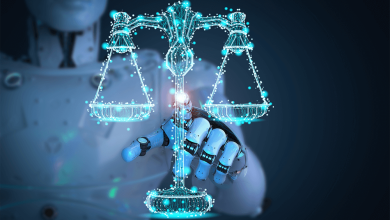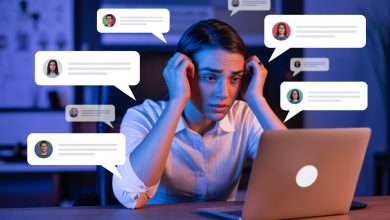AI-Generated Content and Copyright: The Basics
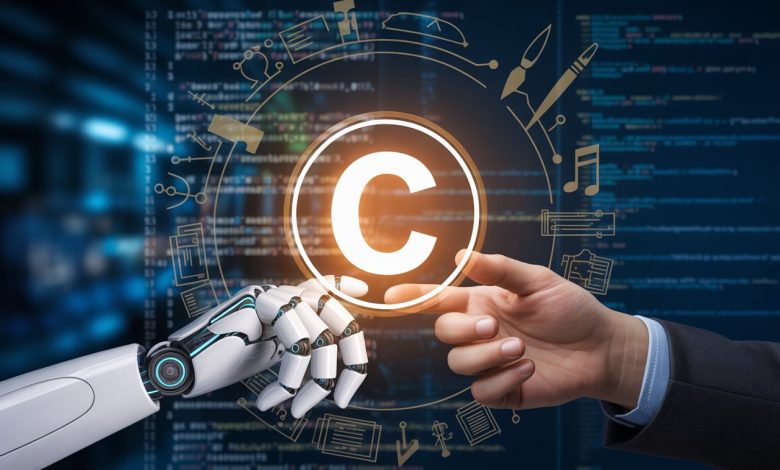
INTRODUCTION
The relationship between artificial intelligence (AI) and copyright law is rapidly transforming the creative and legal landscape. As AI systems become more advanced, they are capable of producing a wide range of content—such as articles, images, music, videos, and even computer code—that was once the exclusive domain of human creators. This technological leap raises important questions about who owns the rights to these new works, how originality is defined, and what protections exist for both human and machine-generated creations.
The surge in AI-generated content is reshaping industries from publishing and journalism to entertainment and advertising. Businesses are leveraging AI to automate content creation, streamline workflows, and reach wider audiences at lower costs. At the same time, artists, writers, and other creators are concerned about the impact on their livelihoods and the value of human creativity in a world where machines can mimic or even surpass their output.
Legal systems around the world are struggling to keep pace with these changes. Traditional copyright laws were designed with human authors in mind, and many countries have yet to update their regulations to address the unique challenges posed by AI.
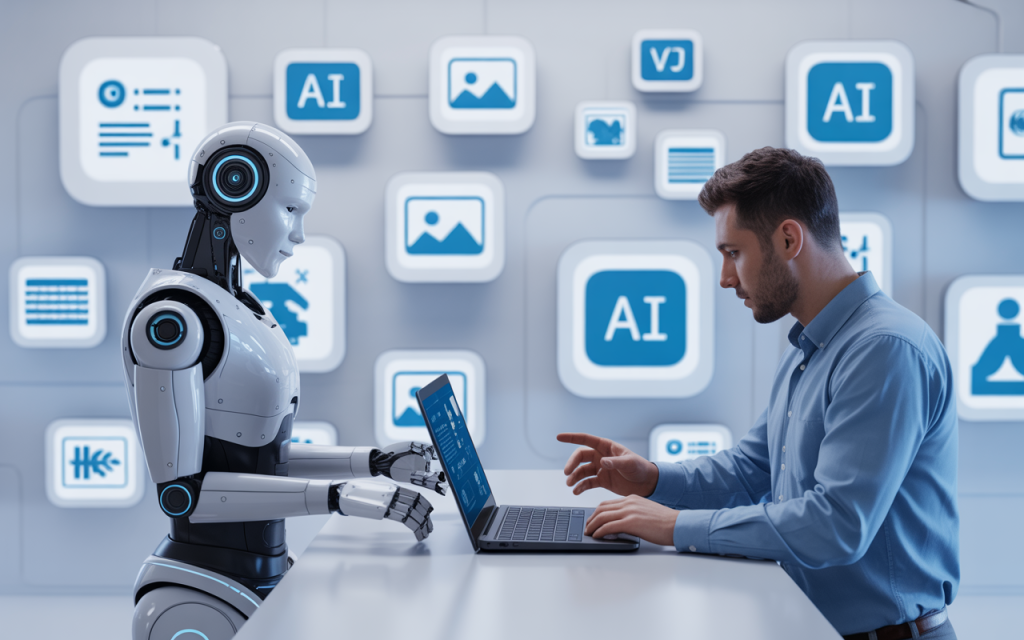
This has led to a patchwork of approaches, with some jurisdictions granting limited rights to works involving significant human input, while others deny protection to purely machine-generated content.
Beyond legal questions, the rise of AI-generated works also sparks ethical debates about transparency, authenticity, and the potential for bias or misinformation. As society grapples with these issues, understanding the current state of copyright law—and its limitations—is essential for creators, businesses, and consumers alike.
What Is AI Content?
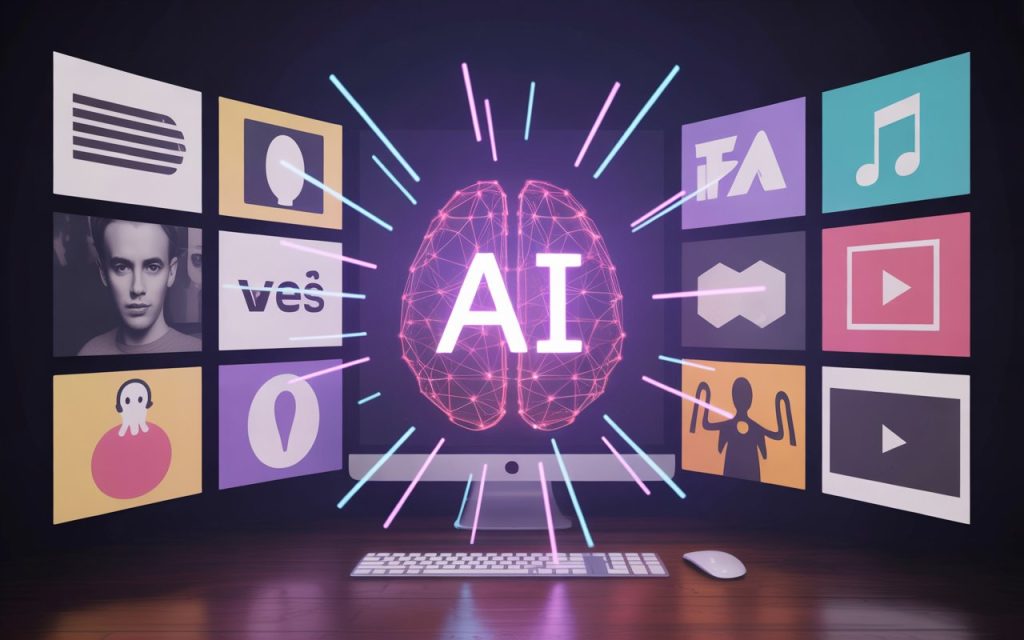
AI content refers to works created by computer systems or software, not by humans. This includes:
- Articles, blog posts, and news stories
- Digital art, images, and graphics
- Music, soundtracks, and lyrics
- Videos, animations, and deepfakes
- Code, software, and data sets
Copyright is a law that protects original works made by humans, giving creators control over how their work is used.
International Legal Framework
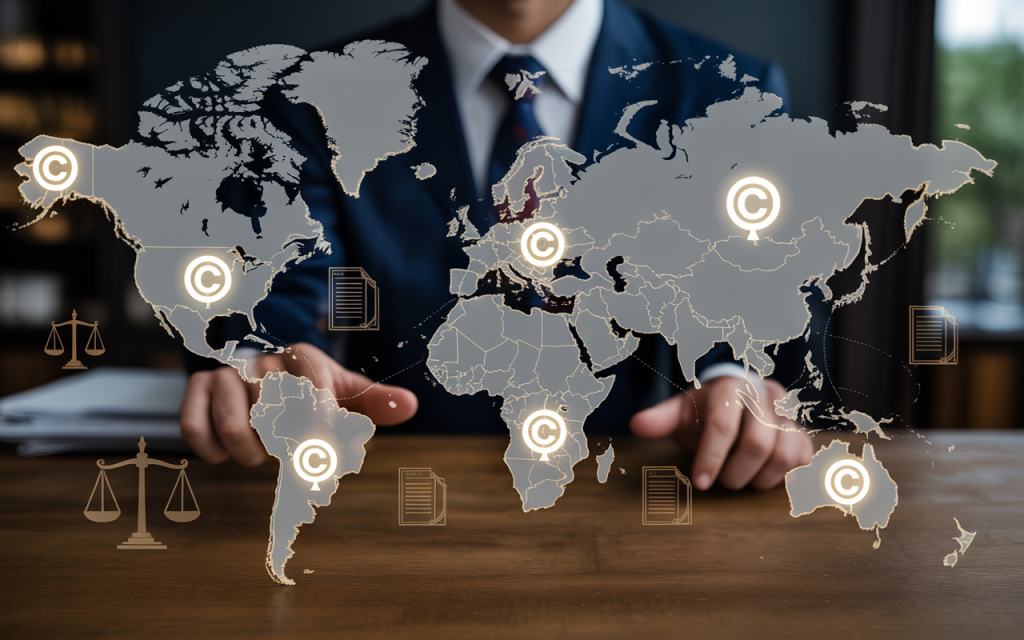
The Berne Convention and Global Standards
- The Berne Convention is the main international agreement on copyright, protecting works created by humans in over 180 countries.
- It does not directly address works made solely by machines, but its focus on human authorship means most countries do not grant copyright to such works.
World Intellectual Property Organization (WIPO)
- WIPO leads global discussions on AI and copyright, but there is no international consensus yet.
National Laws Compared
| Country/Region | Human Authorship Required? | Machine-Only Work Protected? | Notable Cases/Notes | Approach to Training Data Use | Transparency/Disclosure Rules |
|---|---|---|---|---|---|
| United States | Yes | No | Thaler v. Perlmutter (2023): No copyright for machine-only works. Ongoing lawsuits against OpenAI, Meta. | Fair use doctrine, but highly contested | No specific rules, but evolving |
| United Kingdom | Yes, with exceptions | Sometimes | Computer-generated works: copyright to person arranging creation, shorter term, under review. | Opt-out model for text/data mining | Likely new transparency obligations |
| European Union | Yes | No | DSM Directive: Human authorship required. TDM allowed with opt-out for rights holders. | TDM allowed for research/commercial use | Disclosure for machine-generated content |
| China | Yes, but flexible | Sometimes | Tencent “Dreamwriter” (2019): News article protected if enough human input. 2023 Beijing case. | No clear rules, but courts pragmatic | No explicit rules |
| Nigeria | Yes | No | Copyright Act 2022: Only humans recognized as authors. No cases yet on machine-generated works. | No clear rules for training data | No explicit rules |
| Japan | Yes | No | Section 30-4: Data analysis exception for training. No copyright for machine-only works. | Very permissive for data mining | No formal transparency rules |
| Australia | Yes | No | Copyright Act 1968: Only human authors. Ongoing debate on reform. | No broad fair use, strict on TDM | No explicit rules |
| Canada | Yes | No | Outputs belong in public domain. Human authorship and originality required. | Limited exceptions for research | No explicit rules |
| Saudi Arabia | Yes, but new draft law | Sometimes | Draft IP law: Protectable if significant human input; else, public domain. | Progressive, but details evolving | No explicit rules |
| UAE | Yes, but flexible | Sometimes | Law may include machine works if they meet originality standards. | No explicit rules | No explicit rules |
Key Legal Issues
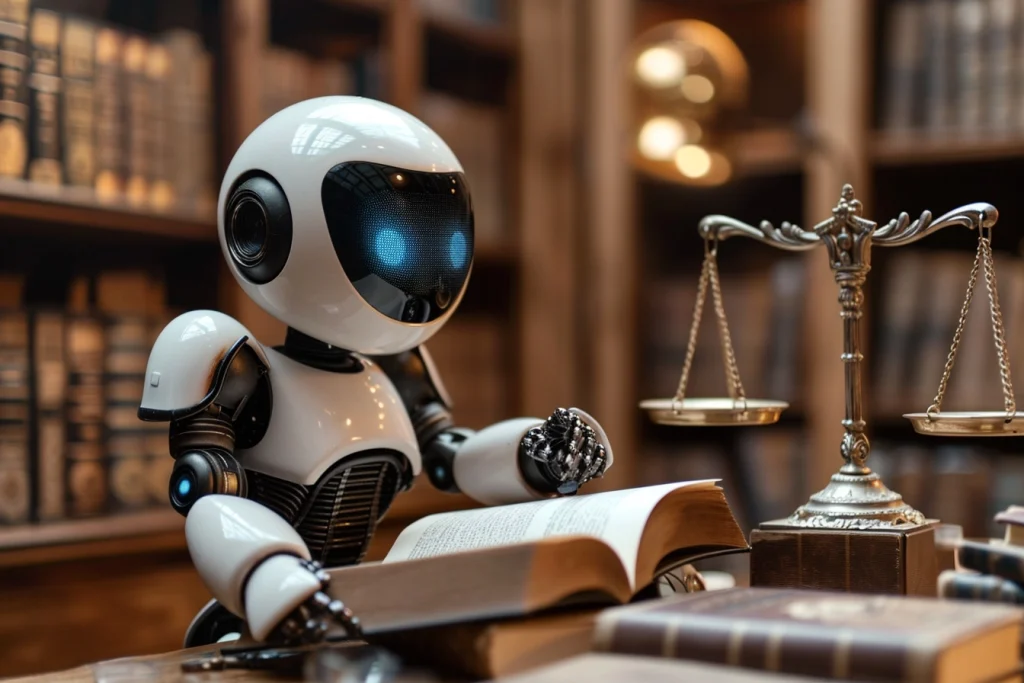
Human Authorship and Originality
Most countries require meaningful human input for copyright protection. If a person uses technology as a tool and adds creative ideas, their contribution can be protected. Purely machine-generated works, with no human creativity, are not protected in most jurisdictions.
Ownership and Rights
Only humans or legal entities (like companies) can own copyright, not machines. In the UK, the person who arranges for a computer-generated work is considered the author, but with a shorter protection term. In China, courts may grant protection if there is enough human intellectual input.
Copyright Infringement and Liability
If a system uses copyrighted material to learn or creates content similar to existing works, it may infringe copyright. Lawsuits have been filed against companies for using copyrighted works in training data without permission. Liability can fall on the user, the developer, or both, depending on how the technology is used and who controls the process.
Fair Use and Exceptions
In the US, “fair use” allows limited use of copyrighted material for research, commentary, or parody, but its application to training is hotly debated. The EU allows text and data mining (TDM) for research and commercial use, with opt-out for rights holders. Japan and Singapore have broad exceptions for training, aiming to boost innovation. Nigeria and Australia have stricter rules, with no broad fair use or TDM exceptions.
Recent Lawsuits and Cases
- Thaler v. Perlmutter (US): Court confirmed no copyright for machine-only works; human authorship is essential.
- OpenAI, Meta, Google: Multiple class-action lawsuits by authors, artists, and publishers for using copyrighted works in training without permission. Ongoing cases include Tremblay v. OpenAI, Kadrey v. Meta, Silverman v. OpenAI, and The New York Times v. Microsoft.
- Getty Images v. Stability AI: Getty sued Stability AI for copying millions of images to train its model.
- Anderson v. Stability AI: Artists sued for use of their works in image generators; some claims dismissed, but direct infringement claims continue.
- Tencent “Dreamwriter” (China): Court protected a news article, recognizing human input in the process.
- Anthropic v. Music Publishers (US): Music publishers sued Anthropic for generating lyrics similar to copyrighted songs.
Economic and Industry Impact
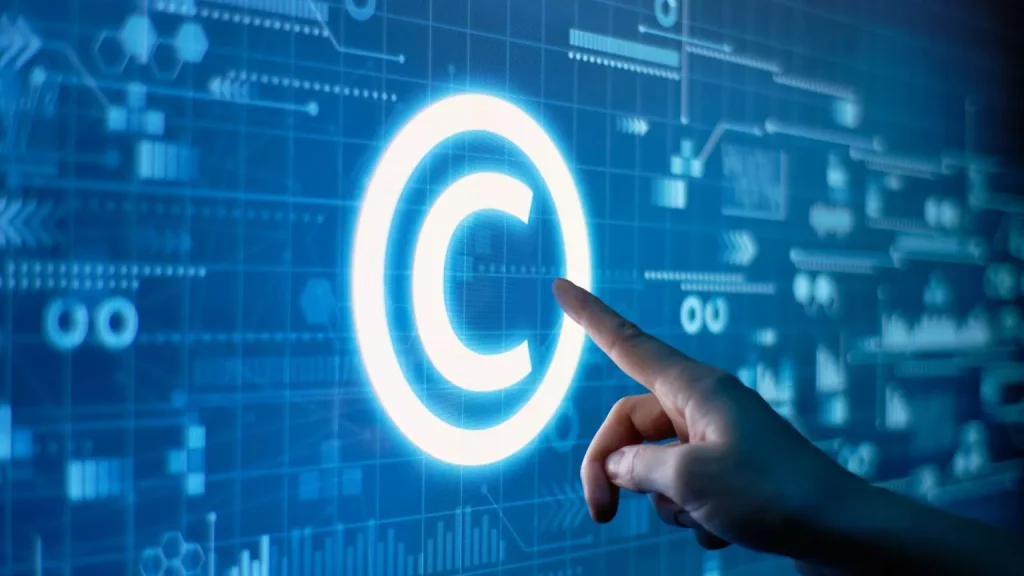
Economic Benefits
- Productivity gains: Automation of routine creative tasks increases output and lowers costs for businesses.
- Democratization: Tools lower entry barriers, allowing more people to create content.
Economic Risks
- Job displacement: Routine creative jobs may be lost as automation increases.
- Market saturation: A flood of machine-generated content can devalue human-created works and lower prices.
- Value concentration: Tech platforms and large companies may capture most of the economic benefits.
Industry Adaptation
- Media: Newsrooms use automation for routine reporting but brand human-led journalism as premium.
- Publishing: Influx of machine-generated books; publishers explore new business models.
- Art and Design: Designers shift toward curation and strategy as technology handles technical tasks.
- Music and Film: Automation used for technical production, but unions push back against its use in core creative roles.
Ethical Challenges
Originality and Creativity
Is machine-generated content truly original, or just a remix of existing works? Many argue that these systems lack consciousness and intentionality, so their outputs are not genuinely creative.
Transparency
Users and audiences may not know if content is machine-generated, raising concerns about authenticity and trust. Some countries and organizations are moving toward requiring disclosure of technology involvement in content creation.
Bias and Misinformation
Automated systems can perpetuate biases in training data or generate false information, leading to ethical and legal risks.
Respect for Human Creators
Concerns about copying or mimicking the style of living artists and writers without consent are growing.
Best Practices
For Creators
- Add your own creative input when using technology tools.
- Keep records of your process and what you changed.
- Make sure your work shows your own ideas and effort.
- Disclose when you use automation in your creative process, if required.
For Businesses
- Check if the tool uses copyrighted material in its training.
- Be careful when using machine-generated content for commercial purposes.
- Consult a legal expert if you are unsure about copyright risks.
- Monitor legal developments and adapt policies as laws change.
The Future
Laws are still catching up with technology. Many countries are reviewing their copyright laws to address new challenges. International organizations like WIPO are working on possible new treaties or guidelines. The main rule for now: copyright protects human creativity, not machine output.
Global Approaches
| Country/Region | Human Authorship Required? | Machine-Only Work Protected? | Notable Cases/Notes | Approach to Training Data Use | Transparency/Disclosure Rules | Ongoing Reforms/Trends |
|---|---|---|---|---|---|---|
| United States | Yes | No | Thaler v. Perlmutter (2023); Multiple lawsuits against OpenAI, Meta, Google, Anthropic, Stability AI | Fair use doctrine, but highly contested | No specific rules, but evolving | Legislative reform expected |
| United Kingdom | Yes, with exceptions | Sometimes | Computer-generated works: copyright to arranger, shorter term, under review | Opt-out model for text/data mining | Likely new transparency obligations | Consultation on copyright ongoing |
| European Union | Yes | No | DSM Directive; TDM allowed with opt-out; focus on human authorship | TDM allowed for research/commercial use | Disclosure for machine-generated content | AI Act and copyright reforms |
| China | Yes, but flexible | Sometimes | Tencent “Dreamwriter” (2019); 2023 Beijing case: protection if enough human input | No clear rules, but courts pragmatic | No explicit rules | Courts adapting to new cases |
| Nigeria | Yes | No | Copyright Act 2022: Only humans recognized as authors; no machine-only protection | No clear rules for training data | No explicit rules | Calls for legal reform |
| Japan | Yes | No | Section 30-4: Data analysis exception for training; no copyright for machine-only works | Very permissive for data mining | No formal transparency rules | Encourages AI investment |
| Australia | Yes | No | Copyright Act 1968: Only human authors; debate on reform | No broad fair use, strict on TDM | No explicit rules | Legislative review underway |
| Canada | Yes | No | Outputs in public domain; human authorship required | Limited exceptions for research | No explicit rules | Policy debate ongoing |
| Saudi Arabia | Yes, but new draft law | Sometimes | Draft IP law: Protectable if significant human input; else, public domain | Progressive, but details evolving | No explicit rules | Draft law under review |
| UAE | Yes, but flexible | Sometimes | Law may include machine works if they meet originality standards | No explicit rules | No explicit rules | AI strategy and legal review |
| Singapore | Yes | No | Section 244: Exception for computational data analysis for training | Permissive for data mining | No formal transparency rules | Supports tech sector growth |
| India | Yes | No | No explicit law; human authorship required | No clear rules | No explicit rules | Policy discussions ongoing |
| South Africa | Yes | No | Human authorship required; no machine-only protection | No clear rules | No explicit rules | Legal reform under consideration |
Journalism, Media, and Society
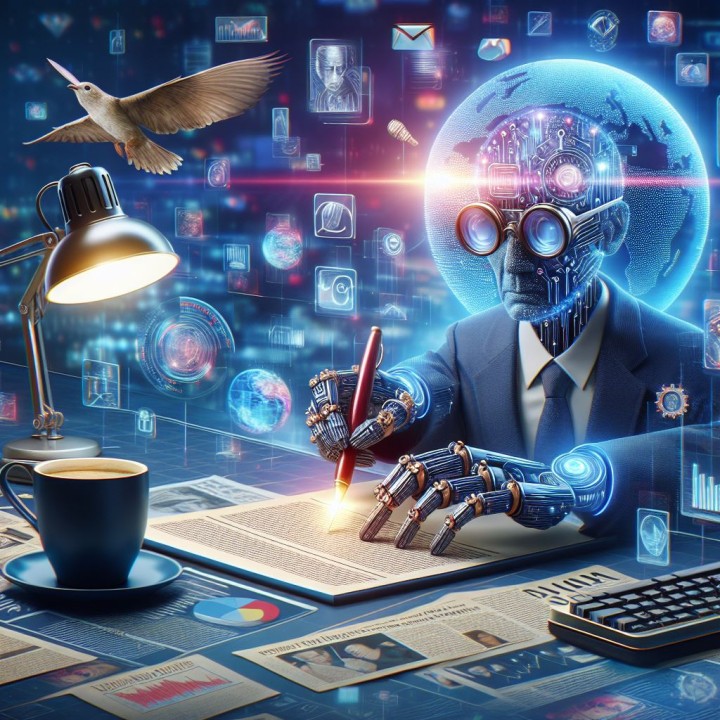
Journalism
Automation can handle news summaries, sports scores, and financial reports, freeing journalists for deeper work. Risks include “hallucinations” (false information), bias, and lack of accountability. Journalists and publishers are concerned about archives being used for training without permission or compensation.
Media and Entertainment
Machine-generated music, art, and video challenge traditional business models. Unions and creators demand fair compensation and clear rules for technology use in creative industries.
Society
The rise of deepfakes and misinformation from automated content threatens trust in media and public discourse. Calls for transparency, ethical standards, and accountability are growing worldwide.
Policy Gaps and Future Directions
- No international consensus on copyright for machine-only works; most countries deny protection.
- Unclear standards for how much human input is needed for copyright protection.
- Lack of standardized mechanisms for compensating creators whose works are used to train technology.
- Ongoing deba
Quotes
“The relationship between artificial intelligence (AI) and copyright law is rapidly transforming the creative and legal landscape.”
“As AI systems become more advanced, they are capable of producing a wide range of content—such as articles, images, music, videos, and even computer code—that was once the exclusive domain of human creators.”
“Legal systems around the world are struggling to keep pace with these changes. Traditional copyright laws were designed with human authors in mind, and many countries have yet to update their regulations to address the unique challenges posed by AI.”
“Beyond legal questions, the rise of AI-generated works also sparks ethical debates about transparency, authenticity, and the potential for bias or misinformation.”
“Understanding the current state of copyright law—and its limitations—is essential for creators, businesses, and consumers alike.”
Highlighted Tips for Writing Your Own Descriptions for Ideogram AI
- Be specific about key visual elements (e.g., human vs. AI, legal symbols, digital content).
- Describe the mood and style (e.g., professional, futuristic, dramatic).
- Suggest color schemes that match the theme (e.g., blue for trust, red for urgency).
- Include background details to enrich the scene (e.g., documents, data streams, cityscapes).
- Indicate the purpose of the image (e.g., featured image, infographic, case study illustration).
Frequently Asked Questions (FAQs)

1. What is AI-generated content?
AI-generated content refers to any work—such as text, images, music, or video—created by artificial intelligence systems, often with little or no direct human involvement.
2. Can AI-generated content be protected by copyright?
In most countries, copyright law only protects works with meaningful human input. Purely machine-generated content typically does not qualify for copyright protection.
3. Who owns the rights to content created with AI?
Generally, the person or entity who provides creative input or arranges for the creation of the work may own the rights, but this varies by jurisdiction and the level of human involvement.
4. What are the risks of using AI-generated content?
Risks include potential copyright infringement if the AI uses protected material in its training, lack of legal protection for the output, and ethical concerns about originality and transparency.
5. How do different countries treat AI-generated works?
Approaches vary: some countries, like the US and Nigeria, require human authorship, while others, like the UK and China, may grant limited rights if there is significant human input.
6. What is “fair use” and does it apply to AI training?
“Fair use” allows limited use of copyrighted material for purposes like research or commentary. Its application to AI training is debated and not clearly settled in many jurisdictions.
7. Are there disclosure requirements for AI-generated content?
Some regions are considering or have introduced rules requiring creators to disclose when content is generated by AI, but there is no universal standard yet.
8. What should creators and businesses do to stay compliant?
They should ensure meaningful human input in their works, keep records of their creative process, monitor legal developments, and seek legal advice when using or distributing AI-generated content.
Conclusion
This is a complex, evolving issue with major legal, ethical, and economic implications. If you use technology to create, remember: only your own creative work is protected by copyright. Always add your personal touch, keep up with legal changes, and respect the rights of other creators. The law is changing, and new rules are likely to emerge as technology advances.


